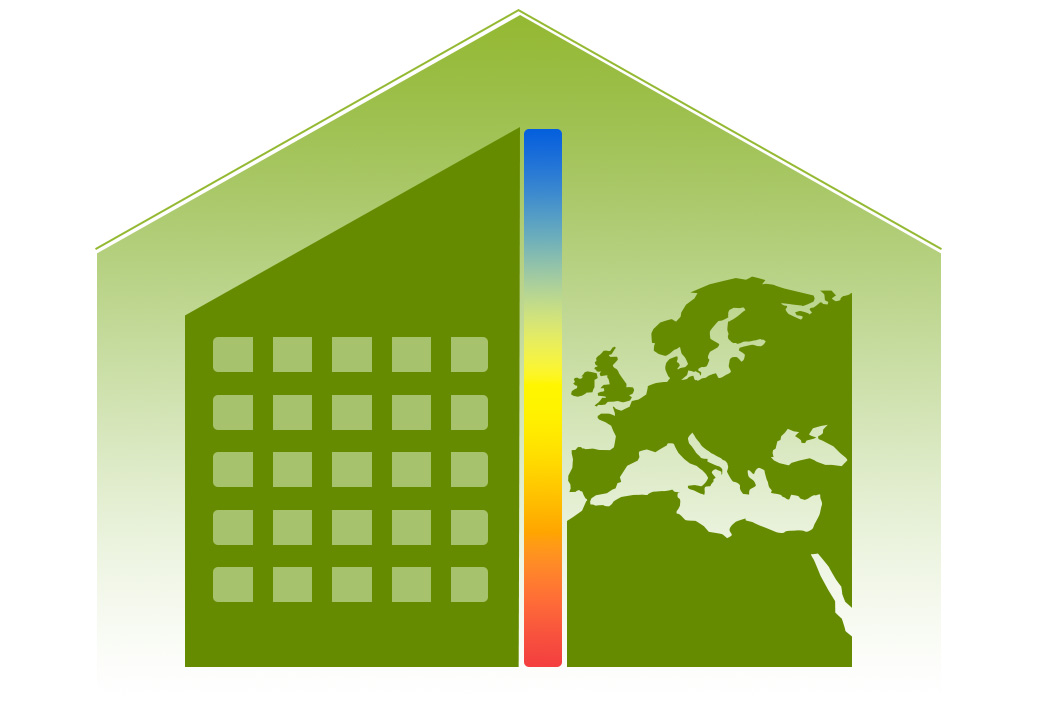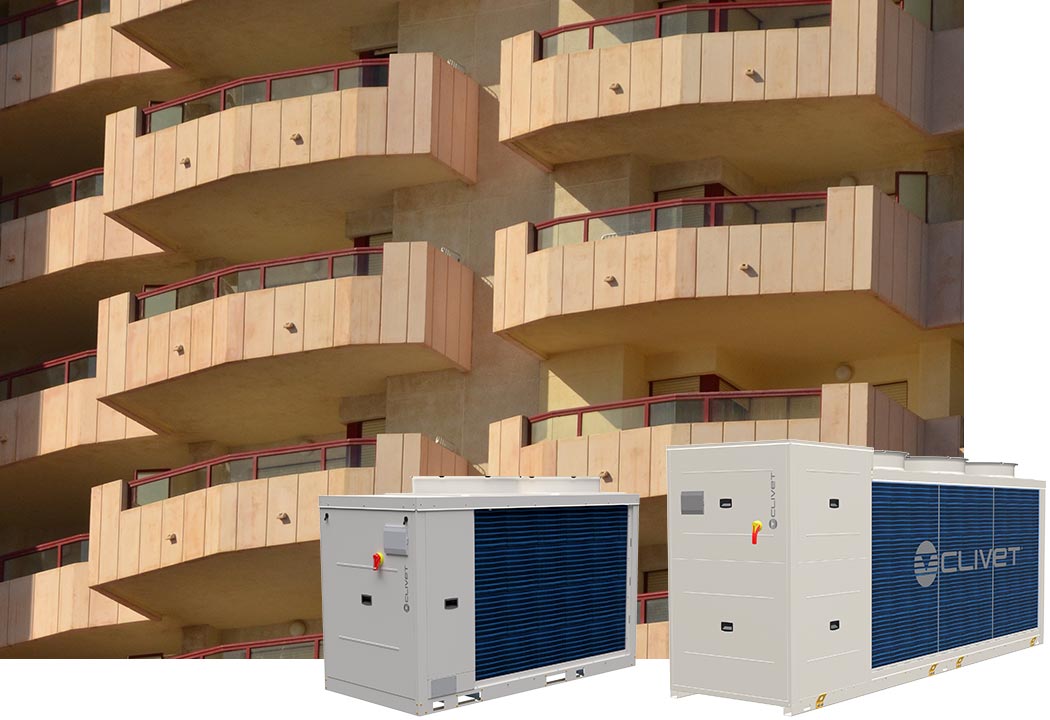Heat pumps are a “green” alternative to the boiler, in both single-family homes and apartment blocks. It is no coincidence that when it comes to the energy requalification of a building, i.e. the combination of all activities aimed at improving its performance and cutting energy costs, replacing a boiler with a heat pump is one of the first operations to be thought of and planned.
Choosing the most suitable heat pump for the apartment block’s requirements cannot be done without sizing it correctly. Of course, a model that is good for one building may not have enough power to heat, cool and produce domestic water for another. In such cases, this is called undersizing. On the other hand, if the heat pump is oversized during the design stage, those living in the different apartments of the building may experience a considerable waste of energy.
And that’s not all: besides having to size the heat pump in the best possible way, depending on the thermal demand of the entire apartment block, the designer will have to adapt the new installation to the existing thermal power plant. Or, alternatively, make use of any other technical rooms or external spaces.

 United Arab Emirates
United Arab Emirates  +971 (0) 4501 5840
+971 (0) 4501 5840  info@clivet.ae
info@clivet.ae  France
France  Germany
Germany  +49 40 325957-190
+49 40 325957-190  United Kingdom
United Kingdom  India
India  Russia
Russia  South East Europe
South East Europe 






